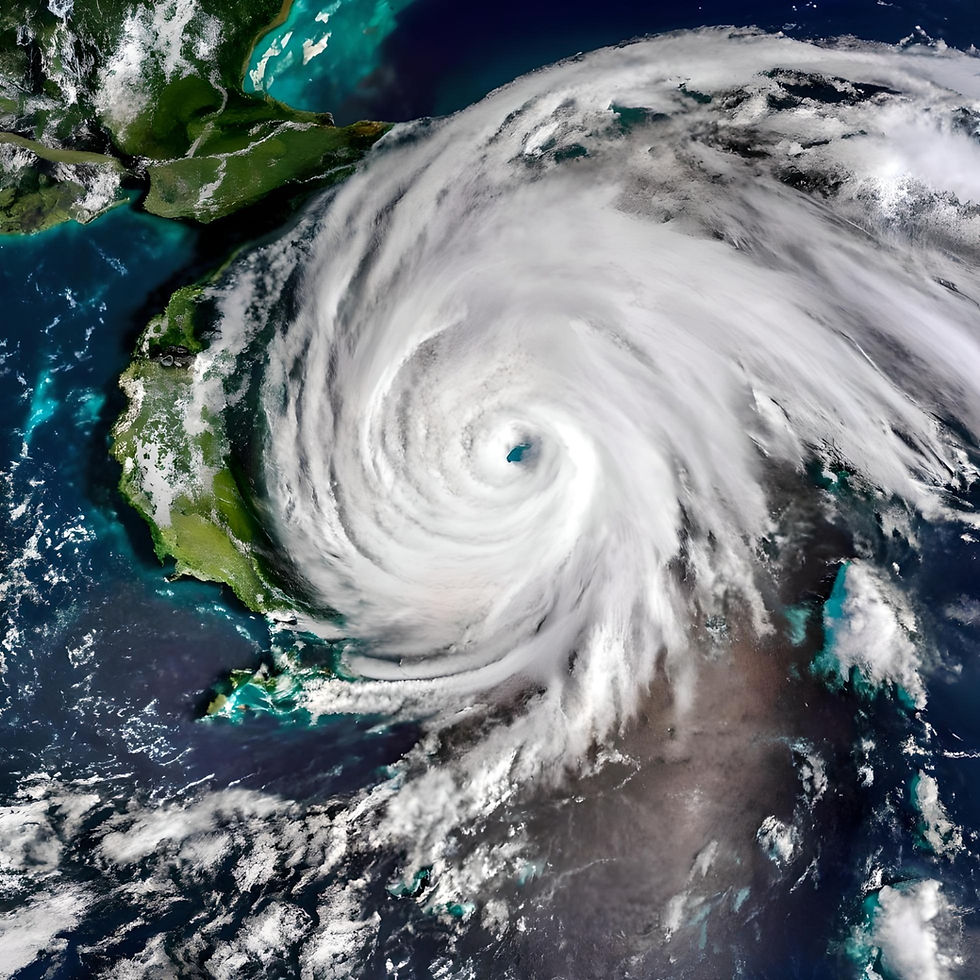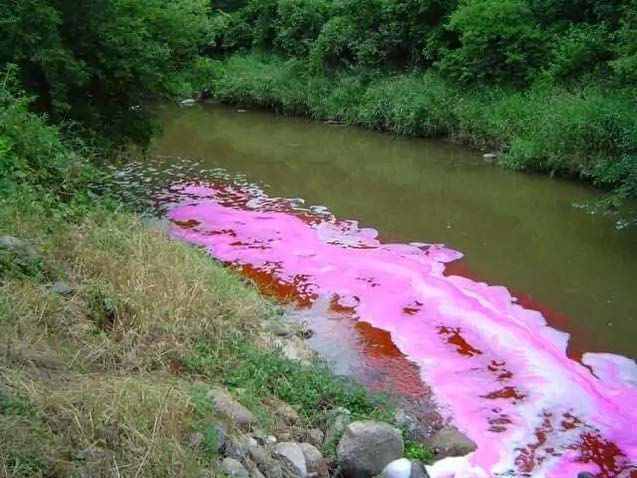The Guardians of Biological Diversity
- Rituraj Phukan
- Jun 6, 2023
- 3 min read

Image Courtesy: Pixabay
At the 2023 session of the UN Permanent Forum on Indigenous Issues (UNPFII), the UN Secretary-General António Guterres lauded indigenous peoples for their pioneering efforts in protecting nature and preserving biodiversity. The Secretary-General recognized the crucial role of indigenous people and local communities as guardians of the world’s biodiversity, particularly in regions like the Amazon, the Sahel, and the Himalayas.
Many of the world’s major biodiversity hotspots are located in areas inhabited or controlled by indigenous peoples. Traditional Indigenous Territories cover around 22 percent of the Earth’s land surface and hold 80 percent of its biodiversity. Moreover, the greatest diversity of indigenous groups can be found in the largest tropical forest wilderness areas across the Americas, Africa, and Asia. Indigenous Peoples and communities legally own 11 percent of the world’s forest lands, presenting an opportunity to expand biodiversity conservation efforts beyond protected areas.

Image Courtesy: Pexels
Involving indigenous peoples as experts in biodiversity conservation and natural resource management can result in comprehensive and cost-effective practices worldwide. Territories with secured land rights have demonstrated better conservation outcomes compared to adjacent lands. The Global Biodiversity Framework has recognized the full and effective involvement of indigenous communities in meeting global targets and emerging biodiversity governance.
Indigenous peoples possess valuable solutions to the climate crisis, given their ancestral knowledge and wisdom, and have a key role in climate change mitigation and adaptation around the world. Preserving vast forested areas not only aligns with climate change objectives but also respects the rights of Indigenous Peoples and conserves biodiversity. The full involvement of indigenous peoples in the climate change agenda has been mandated by the UNFCCC at the Glasgow Climate Conference (COP26).

Image Courtesy: Pexels
Despite their significant contributions to the environment, indigenous peoples are among the most vulnerable groups affected by climate change. However, their ancestral territories often exhibit resilient landscape designs that can withstand the negative impacts of climate change. Over time, Indigenous Peoples have developed adaptation models and genetic varieties of plants and animals with natural resistance to climatic and ecological variability.
Indigenous Peoples, as custodians of 80 percent of the world’s biodiversity, possess traditional expertise in adapting to, mitigating, and reducing climate risks. Their knowledge and practices sustain biodiversity and inform scientific research and management approaches.
Indigenous peoples contribute to biodiversity conservation through various means. They act as stewards of the land, employing sustainable practices like selective harvesting, rotational farming, and controlled burning to maintain ecosystem health and productivity. Additionally, they collaborate with governments, NGOs, and other stakeholders to actively engage in conservation efforts and advocate for the protection of biodiversity and indigenous rights.
However, indigenous peoples face significant challenges in biodiversity conservation. The loss of traditional lands and territories remains a major obstacle, leading to ecosystem fragmentation and degradation. Factors such as land grabbing, resource extraction, and climate change contribute to this loss, adversely impacting both biodiversity and indigenous livelihoods. Additionally, indigenous peoples are often marginalized and excluded from decision-making processes related to biodiversity conservation, despite being crucial stakeholders and knowledge-holders.

Image Courtesy: Pexels
To address these challenges, it is crucial to support indigenous peoples’ efforts in conserving biodiversity and protecting their rights. This includes recognizing and respecting their rights to traditional lands and territories, involving them in decision-making processes, revitalizing and transmitting indigenous knowledge and practices, and fostering partnerships and collaborations among indigenous peoples, governments, NGOs, and other stakeholders.

Image Courtesy: Pixabay
By recognizing their rights, supporting the revitalization of their knowledge and practices, and promoting collaborative approaches, we can ensure the continued health and productivity of our planet’s ecosystems, benefiting all inhabitants, including indigenous peoples.
About the Author:
Rituraj Phukan is an environmental writer, adventurer & naturalist based out of Assam. He serves as the National Coordinator for Biodiversity, Climate Reality India and is a member of the IUCN.










SUDIRMAN168
SUDIRMAN168
SUDIRMAN168
SUDIRMAN168DAFTAR
SUDIRMAN168LOGIN
SUDIRMAN168ALTERNATIF
SUDIRMAN168TERPERCAYA
SUDIRMAN168MAXWIN
SITUSPILIHANSUDIRMAN168&LAPAKBET777
LAPAKBET777
LAPAKBET777RESMI
LAPAKBET777GACOR
LAPAKBET777DAFTAR
LAPAKBET777LOGIN
LAPAKBET777ALTERNATIF
LAPAKBET777MAXWIN
TERMINAL4D
Daftar Link Dofollow
lapak7d
lapak7d
lapak7d
lapak7d
lapak7d
lapak7d
lapak7d
lapak7d
lapak7d
lapak7d
lapak7d
lapak7d
lapak7d
situs slot demo
slot demo X1000
scatter hitam
slot toto
situs slot online
situs slot online
situs slot online
situs slot
situs slot
situs slot
situs slot
sudirman168
sudirman168
sudirman168
slot gacor
toto singapure
situs toto 4d
toto slot 4d
pg soft mahjong2
mahjong2
pocari4d
pocari4d
pocari4d
pocari4d
pocari4d
pocari4d
pocari4d
terminalbet
terminalbet
data pemilu
utb bandung
universitas lampung
slot bonus new member
ksr88
ksr88
ksr88
ksr88
Slot Dana
situs slot gacor hari ini
terminal4d
terminal4d
terminal4